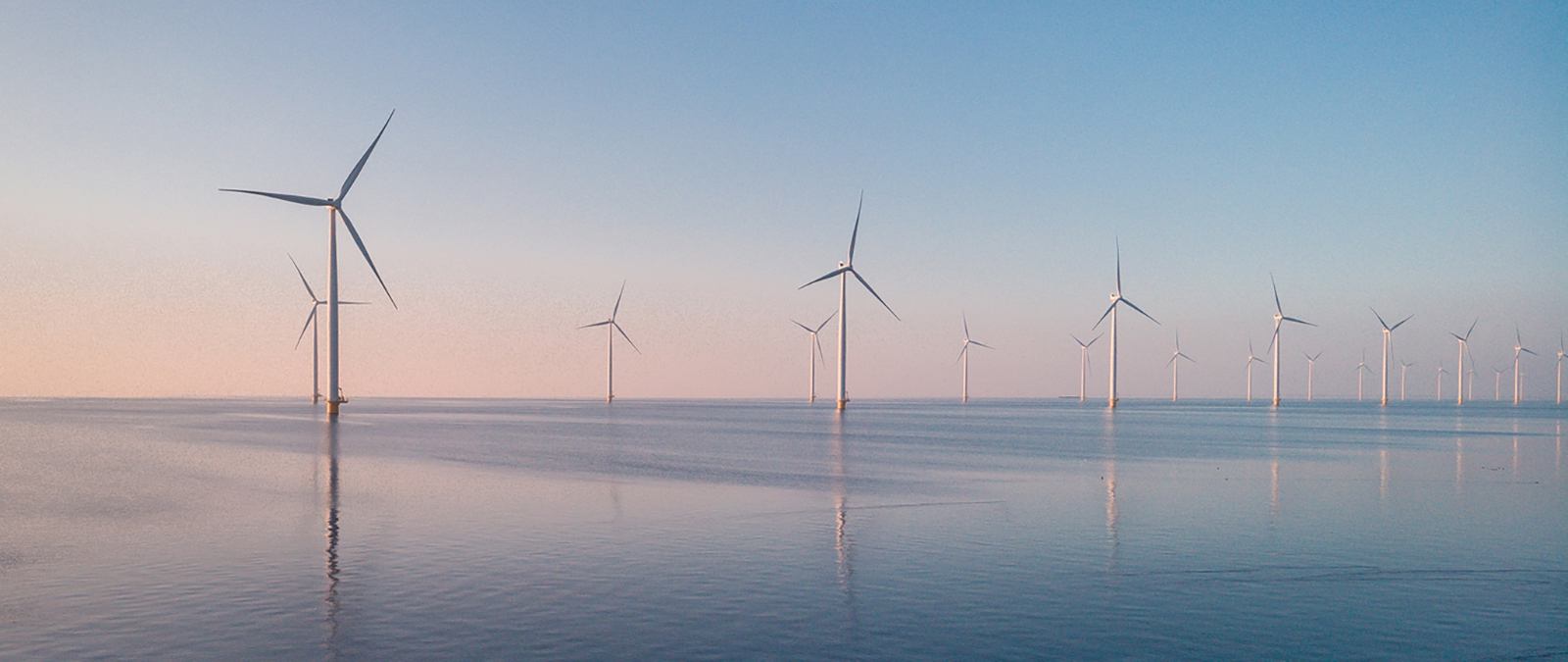Toxic PFAS and Supreme Court Rulings Gang Up to Stress Local Waters
June 15, 2023
Rhode Island has 890 waterbodies that state agencies and their partners monitor for quality, and nearly 40% are stressed by pollution and/or invasive guests. Toxic Supreme Court decisions and poisonous, human-made chemicals are adding to their health woes and ours.
If contemporary history holds, in a few years the U.S. Supreme Court will roll back federal regulations designed to lessen the impact of per- and polyfluoroalkyl substances, better known as PFAS or forever chemicals, a toxic alphabet soup of about 15,000 manufactured compounds, some of which have been linked to cancer.
These nasty substances will one day join the long list of profitable poisons that were allowed to sicken us and damage the environment long after their dangers were first known.
PFAS compounds, manufactured and utilized in a variety of industries worldwide since the 1940s, are used or have been used to protect carpets from spills, to make cookware nonstick, and to formulate firefighting foams. They are in polishes, waxes, paints, and cleaning products. They coat pizza boxes and microwave popcorn bags. They waterproof jackets, and are used in personal-care products.
In fact, they are used ubiquitously throughout our economy. They don’t break down and can accumulate over time. They are now commonly found in drinking water, waterways, food, soil, and human and animal tissue.
Researchers at the University of Rhode Island’s Sources, Transport, Exposure & Effects of PFAS have linked these chemicals to thyroid disease, low birth weight, kidney and testicular cancer, and cardiovascular disease. Forever chemicals have also been associated with impaired liver function, chronic intestinal inflammation, and elevated blood pressure during pregnancy.
PFAS levels in the soil and in the air may even be higher than previously thought, according to federal testing conducted in 2021 of spatially random soil samples from across New Hampshire.
The U.S. Geological Survey analysis found high levels of PFAS in all 100 shallow soil samples, which were taken from undisturbed land not close to known polluters. The chemicals are thought to largely have gotten there through the air.
A study published in 2020 by scientists at the Environmental Working Group and Indiana University found that 26 different PFAS compounds all displayed at least one characteristic of known human carcinogens.
In a white paper published later that year, a group of U.S. and international scientists emphasized that the current approach to regulating and managing the harm of PFAS has failed to protect public health. The paper recommended a new approach that classifies all PFAS as “concerning,” and called for an end to all non-essential use.
A 2018 report by the Center for Disease Control and Prevention noted PFAS are far more dangerous than previously thought. The comprehensive report found the Environmental Protection Agency was significantly underestimating the levels of exposure to forever chemicals. It recommended dramatically reducing acceptable levels of PFAS exposure.
Earlier this year, the EPA set legal drinking water limits for six of the most studied PFAS compounds. The new limits mark the first time in 26 years that the federal agency has set legal limits for a contaminant in drinking water. Municipal utilities will be required to remove the six toxic compounds from drinking water. The federal ruling has set off a wave of lawsuits directed at PFAS polluters, including here in Rhode Island.
Between 2016 and 2022, the EPA worked off an advisory health limit of 70 parts per trillion (ppt) for perfluorooctanoic acid (PFOA) and perfluorooctane sulfonic acid (PFOS), two PFAS compounds commonly produced and used for decades. Last year, after research found virtually no level of exposure in drinking water safe, the agency set non-enforceable “advisory health limits” of 0.02 ppt and 0.004 ppt for PFOA and PFOS, respectively.
The new enforceable limit set this year for both PFOA and PFOS is 4 ppt — a level science shows is still dangerous to consume. Public health advocates claim the discrepancy is largely the result of industry pressure.
PFAS are contaminating drinking water for some 200 million people living in the United States, according to a 2020 study. It could cost nearly $40 billion to remove enough of the chemicals to meet the new EPA rule, according to industry estimates.
Legislation (S0016 and H5673) in the Rhode Island General Assembly would ban all uses of almost all PFAS by Dec. 31, 2032. The Department of Environmental Management would be tasked with prioritizing which products containing intentionally added PFAS should be banned first based on criteria such as potential exposure to children or groundwater. By the end of 2032, the sale, manufacturing or distribution of all products with intentionally added PFAS would be prohibited. Exceptions would be made if DEM determines the use of PFAS is essential for the health, safety or the functioning of society if safer alternatives are not feasible.

Chemical and plastics lobbyists, led by the over-influential American Chemistry Council, and the corporations that manufacture these toxic chemicals loudly oppose any regulations to curb their use. They likely hold plenty of sway over the Supreme Court, which looks by the day increasingly like it is bought and paid for by special interests.
Last month, the Supreme Court, in a 5-4 decision, rolled back critical protections under the nation’s Clean Water Act. The discrediting-itself court placed restrictions on which wetlands are protected by the 51-year-old law. All nine justices agreed there were no protected wetlands on the property in the Sackett v. EPA case. But five of them — John Roberts, Clarence Thomas, Neil Gorsuch, Amy Coney Barrett, and Samuel Alito — went further. The majority opinion focused in part on defining the word “adjacent” to mean inseparable — a stricter interpretation of the law that will leave more wetlands unprotected.
Alito wrote in the majority opinion that, “Wetlands that are separate from traditional navigable waters cannot be considered part of those waters, even if they are located nearby.”
The majority opinion showed how ignorant more than half the court is when it comes to the natural world — a stream, for example, is more than just the water in its channel; it is also subsurface water, and it’s part of an overall watershed. Or, more likely, they were cementing their reputations as corporate puppets.
The decision came less than a year after the Supreme Court issued a controversial ruling restricting the EPA’s ability to regulate greenhouse gas emissions. The climate crisis be damned.
The first paragraph of a May 25 story in Slate likely summed up the reaction of environmentalists and public health advocates:
“On Thursday, the Supreme Court dealt a devastating blow to the nation’s wetlands by rewriting a statute the court does not like to mean something it does not mean. The court’s decision in Sackett v. EPA is one of its most egregious betrayals of textualism in memory. Put simply: The Clean Water Act protects wetlands that are ‘adjacent’ to larger bodies of water. Five justices, however, do not think the federal government should be able to stop landowners from destroying wetlands on their property. To close this gap between what the majority wants and what the statute says, the majority crossed through the word ‘adjacent’ and replaced it with a new test that’s designed to give landowners maximum latitude to fill in, build upon, or otherwise obliterate some of the most valuable ecosystems on earth.”
Politico reported the ruling by the court’s conservative majority “vastly narrowing the federal government’s authority over marshes and bogs is a win for industries such as homebuilding and oil and gas, which must seek Clean Water Act permits to damage federally protected wetlands. Those industries have fought for decades to limit the law’s reach.”
Most bodies of water in the United States, including Narragansett Bay, are significantly cleaner today than they were in 1972 when the Clean Water Act was passed. The federal law protects millions of acres of wetlands from development and pollution.
The recent Supreme Court decision will likely threaten ecosystem protections and further compromise already-stressed waterbodies. Plenty of waterways will likely end up more polluted and turbid. The amount of sediment in them will increase. The degradation of wetlands will lead to more flooding.
Shortly after the court’s decision, the president of The Fertilizer Institute issued a glowing endorsement, writing:
“The Fertilizer Institute welcomes the Supreme Court’s decision in Sackett v. EPA. The decision, which strikes down the ‘significant nexus’ test in determining what is considered a Waters of the United States, is a win for agriculture. While regulatory interpretation from the EPA will take time, the SCOTUS decision is a great first step in providing the clarity that the fertilizer industry needs for long-term planning and capital investments that will allow us to continue providing the critical nutrients that feed the crops that feed our communities.”
The EPA under the Trump administration finalized a rule regulating PFAS in consumer products that significantly weakened a public-health protection proposed under the Obama administration. Trump nominated three of the Supreme Court’s current justices.
The rolling back of decades-old water protections, the industry-slowed response to emerging contaminants of concern, most notably PFAS, the lack of concern about the climate crisis, and the relentless development of open space are stressing southern New England’s waters.
The lists of impaired waters in Rhode Island, Massachusetts, and Connecticut remain extensive.
Perhaps it’s time we stop taking the planet’s water resources for granted.
Frank Carini can be reached at [email protected]. His opinions don’t reflect those of ecoRI News.




I felt pretty smug about researching and eventually getting a reverse osmosis filtration carafe to purify water for cooking and drinking. It filters a very high percentage of PFAS, but also removes beneficial minerals we normally get from the municipal water supply but now must be sure are included elsewhere in our diets.
But there was something else that dawned on me. I’m getting rid of the PFAS I had been drinking, but the filtered-out particles still end up SOMEwhere! These toxins are now going back into the water cycle in more concentrated form. I may have helped myself, but made it worse for the environment that still will have those very same PFAS floating around. A true conundrum. Thanks for the article.